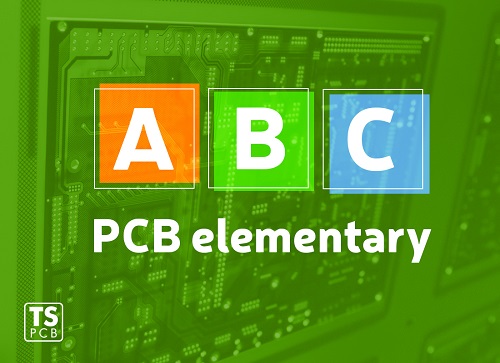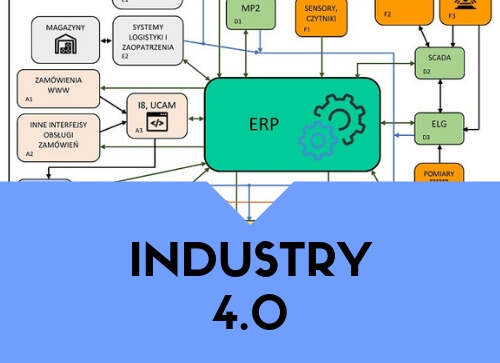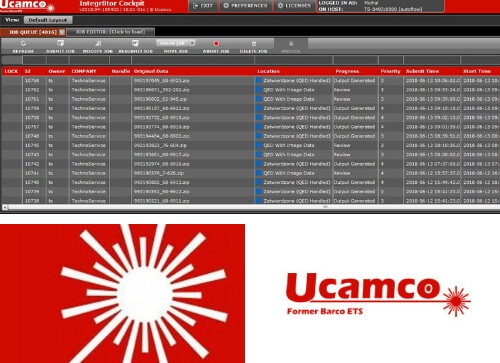Parameters of printed circuits _ BASIC

The most basic parameter of a printed circuit is the type of laminate i.e. the base material for production.
Out of all the materials available on the market, it is FR4 i.e. epoxy-glass laminate that enjoys the greatest popularity. It meets the vast majority of needs on the electronic equipment market. Apart from type, the most basic features of this material include size parameters (dielectric and copper thickness), CTI class and flammability class. In the majority of cases these features are enough to describe requirements for a laminate. However, quality and stability of parameters is also of great importance and therefore many specifications indicate a concrete material and not only basic type.
- Laminate type
The most frequently used: FR4, CEM1/CEM3, ALU (aluminium core), microwave e.g. Rogers.
- Basic thickness
It is the thickness of base laminate with tolerance defined in IPC-4101 standard. Materials belonging to at most class C/M have the narrowest tolerance range. Final thickness is the sum of base laminate thickness and coating applied during production (metallization, solder mask, gold plating, tin plating). The final thickness range is defined individually by each manufacturer.
- Basic copper thickness
Typical thicknesses are: 12 / 18 / 35 / 70 / 105 / 140
Please note that for circuits subjected to the metallization process final copper thickness is the sum of basic copper and galvanic copper coating thickness. Typically, galvanic copper coating is 20–25 thick.
- UL flammability certificate
The certificate defines the flammability level of a substance. Top class is designated as Underwriters Laboratories.
- CTI (Comparative Tracking Index)
This is the parameter:
|
Range (V)
|
PLC class
|
|
≥ 600
|
0
|
|
400 ÷ 599
|
1
|
|
250 ÷ 399
|
2
|
|
175 ÷ 249
|
3
|
|
100 ÷ 174
|
4
|
|
< 100
|
5
|
Check also: IPC circuit classes









